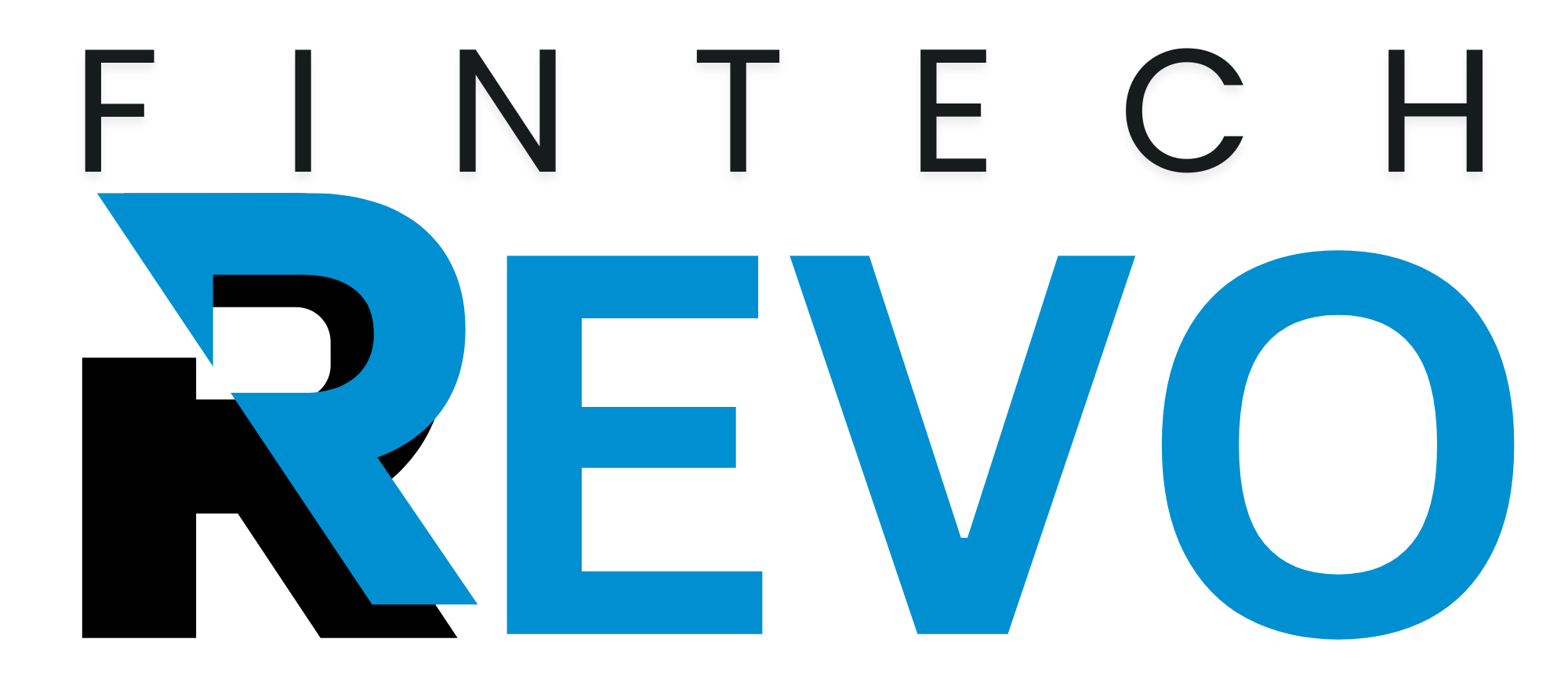In the competitive world of consumer packaged goods (CPG), companies are constantly innovating to stay ahead of the curve. The CPG industry plays a significant role in our daily lives, providing everything from food and beverages to personal care products and household goods.
With the increasing focus on sustainability, health-conscious options, and e-commerce, these companies are adapting and thriving. Here, we explore the top 10 CPG companies that have made a lasting impact on the industry.
10 Best CPG Companies in 2025-2026
Below is a table showcasing the leading CPG companies. These companies stand out for their global reach, brand strength, and consistent innovation in the market.
| Rank | Company Name | Headquarters Location | Revenue (2024) | Notable Products |
| 1 | Procter & Gamble | Cincinnati, Ohio, USA | $80 billion | Tide, Pampers, Gillette |
| 2 | Nestlé | Vevey, Switzerland | $94 billion | Nescafé, KitKat, Gerber |
| 3 | Unilever | London, UK | $63 billion | Dove, Hellmann’s, Ben & Jerry’s |
| 4 | Coca-Cola | Atlanta, Georgia, USA | $47 billion | Coca-Cola, Sprite, Minute Maid |
| 5 | PepsiCo | Purchase, New York, USA | $86 billion | Pepsi, Lay’s, Gatorade |
| 6 | Johnson & Johnson | New Brunswick, New Jersey, USA | $95 billion | Tylenol, Band-Aid, Neutrogena |
| 7 | Colgate-Palmolive | New York, USA | $19 billion | Colgate, Palmolive, Softsoap |
| 8 | Kimberly-Clark | Irving, Texas, USA | $20 billion | Huggies, Kleenex, Scott |
| 9 | Mondelez International | Chicago, Illinois, USA | $30 billion | Oreo, Ritz, Toblerone |
| 10 | General Mills | Minneapolis, Minnesota, USA | $19 billion | Cheerios, Haagen-Dazs, Betty Crocker |
1. Procter & Gamble
Procter & Gamble (P&G) is a global leader in consumer goods, known for its broad portfolio of products across categories like health, hygiene, and home care. With an innovative approach to consumer needs, P&G has maintained dominance for over a century. The company focuses heavily on product development, often introducing new formulations or packaging to meet evolving consumer preferences. Some of its most well-known products include Tide, Pampers, and Gillette, which dominate their respective markets.
Key Strengths:
- Broad product range catering to multiple consumer needs
- Consistent investment in sustainability initiatives
- Strong digital transformation and e-commerce presence
2. Nestlé
Nestlé, one of the world’s largest food and beverage companies, is a household name across the globe. With an extensive portfolio that spans from baby foods to nutrition and wellness products, Nestlé’s strategy revolves around adapting to changing consumer tastes, particularly in health-conscious offerings. Their iconic products, such as Nescafé and KitKat, are enjoyed worldwide. Nestlé also leads in the pet care market with its Purina brand.
Key Strengths:
- Innovation in health-focused products
- Expansive global reach
- Commitment to improving nutrition and sustainability practices
3. Unilever
Unilever, a key player in personal care, food, and cleaning products, has been at the forefront of promoting sustainability. Their brands, such as Dove, Hellmann’s, and Ben & Jerry’s, reflect their emphasis on socially responsible business practices. Unilever’s progressive goals, like reducing plastic waste and improving social well-being, have made it one of the most admired CPG companies in the world.
Key Strengths:
- Strong emphasis on sustainability and social responsibility
- Wide portfolio across food, personal care, and household products
- Strong brand equity in developed and emerging markets
4. Coca-Cola
Coca-Cola is synonymous with refreshment, offering a broad range of beverages that cater to various tastes. From its flagship Coca-Cola soda to bottled water, sports drinks, and juices, Coca-Cola continues to dominate the beverage market. The company’s strategic focus has expanded to include healthier alternatives and a stronger presence in emerging markets.
Key Strengths:
- Iconic brand recognition globally
- Diversified product offerings across beverages
- Focus on sustainability, particularly water stewardship
5. PepsiCo
PepsiCo, a close competitor to Coca-Cola, is one of the world’s largest food and beverage companies. With a portfolio that includes Pepsi, Lay’s, and Gatorade, PepsiCo has made significant strides in offering healthier food and beverage options to cater to modern consumer preferences. It is also a leader in snack foods and is making a concerted effort to focus on sustainability.
Key Strengths:
- Stronghold in both food and beverage sectors
- Expanding portfolio with healthier product options
- Innovation in packaging and recycling initiatives
6. Johnson & Johnson
Known for its healthcare products, Johnson & Johnson’s portfolio includes well-known items in the pharmaceutical, medical device, and consumer health sectors. The company’s iconic brands like Tylenol, Band-Aid, and Neutrogena have been trusted for generations. J&J continues to innovate, particularly in skincare, making it a leader in personal care products.
Key Strengths:
- Diversified presence in healthcare and consumer goods
- Strong research and development capabilities
- Well-regarded for quality and consumer trust
7. Colgate-Palmolive
Colgate-Palmolive has been a staple in personal care and home cleaning for decades. Its leading brands, including Colgate toothpaste and Palmolive dish soap, are synonymous with everyday household use. The company’s dedication to sustainability, particularly through the development of eco-friendly packaging, has strengthened its market position.
Key Strengths:
- Long-standing brand equity in personal care and cleaning
- Commitment to environmental sustainability
- Growing presence in emerging markets
8. Kimberly-Clark
Kimberly-Clark is a well-established brand in the hygiene and personal care sector. Its well-known products, such as Huggies diapers, Kleenex tissues, and Scott paper towels, are leaders in their categories. The company has focused heavily on sustainable practices, especially in its product packaging and raw material sourcing.
Key Strengths:
- Dominance in personal care and hygiene products
- Sustainable sourcing and environmental responsibility
- Strong market penetration in developed economies
9. Mondelez International
Mondelez International is a giant in the snack food industry. Known for its iconic brands such as Oreo, Ritz, and Toblerone, Mondelez has a global reach that spans across continents. The company’s commitment to consumer innovation, combined with a focus on delivering high-quality snacks, has helped it remain at the forefront of the market.
Key Strengths:
- Leading brands in the global snack category
- Strong market penetration in both developed and emerging markets
- Consistent product innovation
10. General Mills
General Mills is one of the largest food companies globally, with a portfolio that includes beloved brands like Cheerios, Haagen-Dazs, and Betty Crocker. The company’s dedication to healthier products and sustainability has resonated with consumers, particularly in the packaged food sector.
Key Strengths:
- Strong focus on health-conscious food options
- Diversified portfolio in the food and snacks industry
- Focus on sustainable farming and sourcing practices
Conclusion
The top 10 CPG companies are market leaders, each with its unique strategies and strengths. From P&G’s household products to Mondelez’s iconic snacks, these companies have shaped our daily lives for generations.
As consumer preferences evolve, these CPG giants continue to innovate, focusing on sustainability, health-conscious options, and e-commerce to stay ahead of the competition. Whether it’s a trusted household brand or a popular snack, these companies remain at the heart of the global consumer packaged goods industry.
The source of this article is FinTechRevo.com
Important Questions
What factors make a CPG company a market leader?
The success of a CPG company is determined by several key factors, including brand strength, product innovation, market share, and consumer loyalty. Market leaders typically invest heavily in research and development, ensuring their products meet evolving consumer preferences.
Sustainability initiatives, effective marketing strategies, and an ability to adapt to technological changes also play a significant role in their dominance. Companies that consistently deliver high-quality products across multiple categories and maintain strong relationships with retailers and consumers tend to stand out.
How do sustainability efforts impact the CPG industry?
Sustainability has become a cornerstone of the CPG industry. Companies are increasingly focused on reducing their carbon footprint, implementing sustainable sourcing practices, and minimizing waste through eco-friendly packaging.
Consumers are now more conscious of the environmental impact of the products they purchase, which has led to CPG companies prioritizing green initiatives. This trend not only aligns with consumer demand but also helps companies improve their brand image, gain consumer trust, and stay compliant with growing regulatory requirements.
What are the biggest challenges faced by top CPG companies today?
One of the biggest challenges faced by top CPG companies is the increasing demand for healthier, more sustainable products. As consumers shift toward clean-label and organic options, companies must adapt their product lines to reflect these preferences.
Another challenge is the rapid growth of e-commerce and the need for companies to enhance their digital presence and online sales strategies. Additionally, global supply chain disruptions, fluctuating raw material costs, and changing trade regulations pose significant hurdles for CPG giants.
How do top CPG companies innovate their product offerings?
Innovation in the CPG sector often revolves around new product formulations, packaging, and addressing emerging consumer needs. Companies use consumer insights and market research to identify trends such as plant-based products, reduced sugar, and environmentally friendly packaging. They also leverage technology like AI and data analytics to forecast demand and optimize product development.
For example, companies may develop healthier snack options, introduce new flavors, or offer multi-purpose household products to appeal to a wider audience.
What role does digital transformation play in the success of CPG companies?
Digital transformation has become essential for CPG companies to remain competitive. This includes the use of e-commerce platforms, digital marketing, and data analytics to better understand consumer behavior and preferences. By adopting technologies like AI, machine learning, and automation, CPG companies can streamline operations, improve customer experiences, and optimize supply chain management.
Additionally, the rise of social media and influencer marketing has provided CPG brands with new ways to connect with consumers and promote their products effectively.






